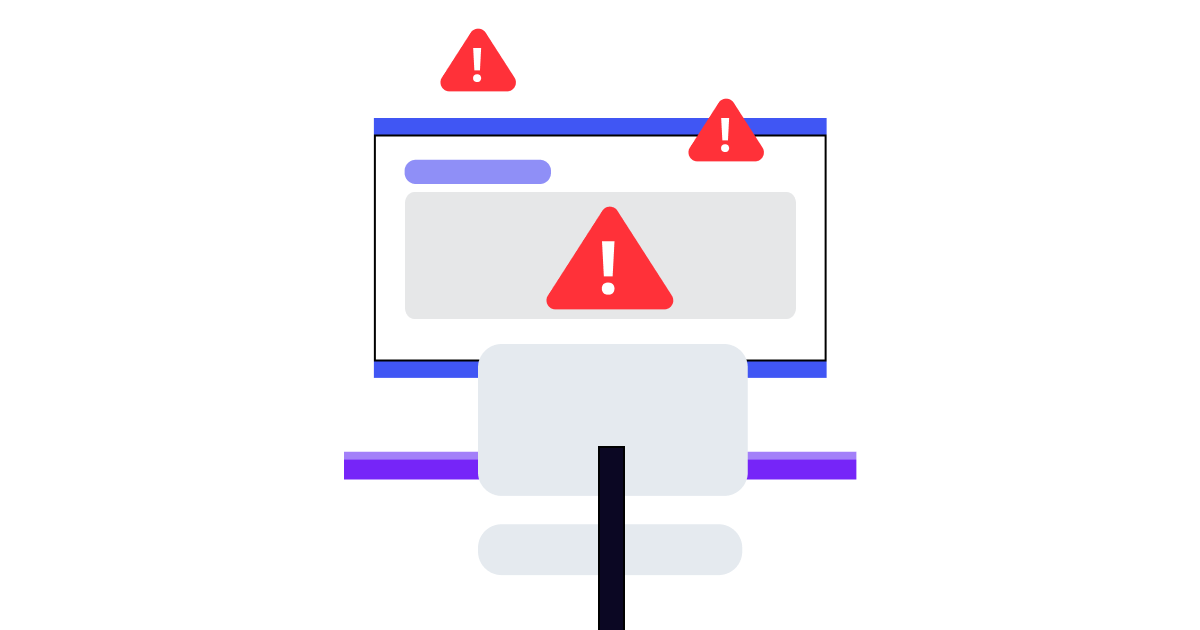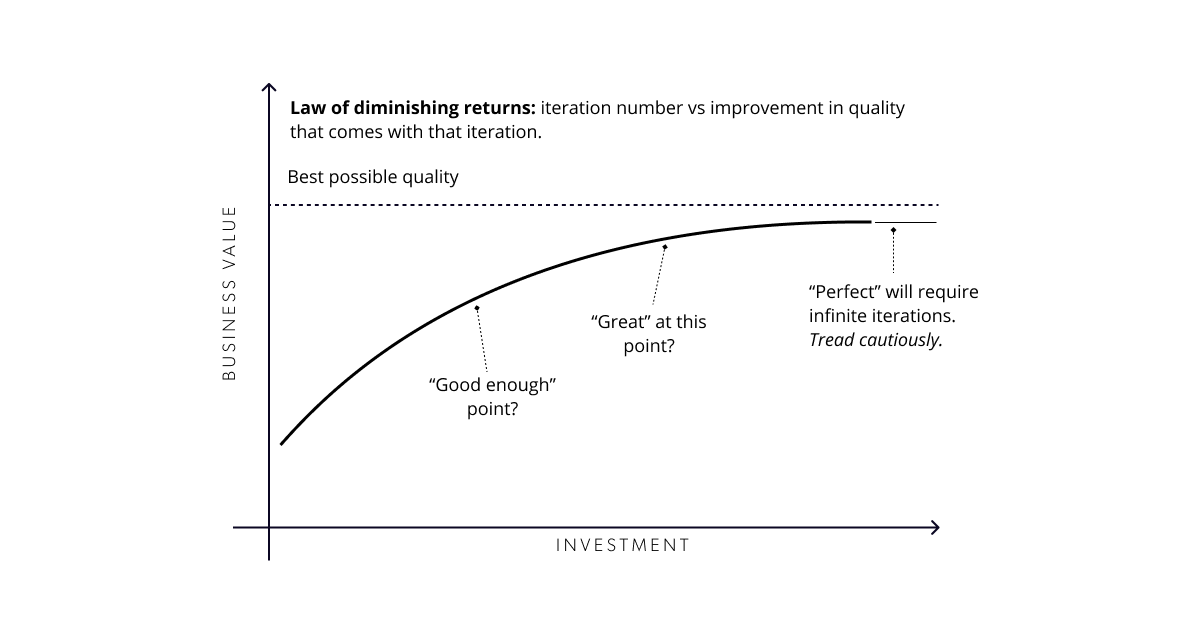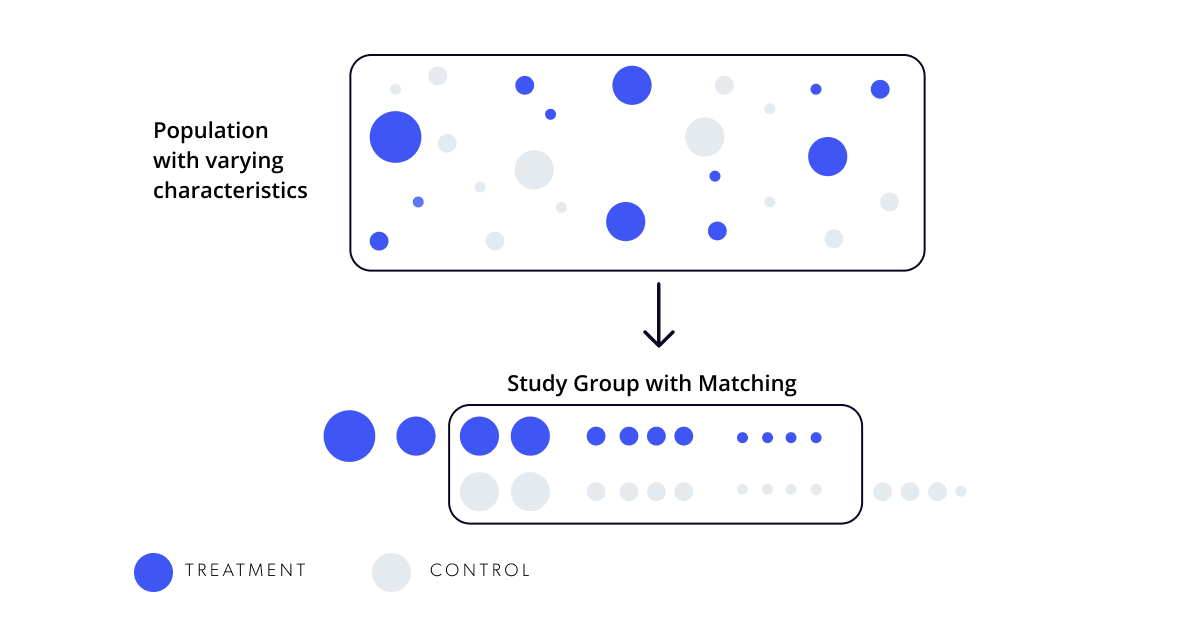This blog post was originally published at Tryolabs’ website. It is reprinted here with the permission of Tryolabs.
AI may sound like something from the future, but nowadays, it’s becoming a must to gain a competitive advantage. As the industry is booming and the budgets are quickly expanding, this is fueling the expansion of AI-based solutions.
However, according to Harvard Business Review, only 8% of companies have adopted AI in their core activities because most still think of AI as isolated projects in their organizations.
Recently, Maia Brenner and Alan Descoins, our Head of Business Development and CTO, respectively, hosted a roundtable for ELC. They shared some insights on how to start the AI journey. That session then was continued on a podcast episode, proving a genuine audience interest in getting more details about the challenges companies face when adopting AI in their process.
In this blog post, we will discuss the issues many companies face in AI adoption and the outstanding results they get.
Fundamental elements of an AI strategy
Demystify AI
One of the first steps to becoming an AI organization is understanding what AI can and cannot do. Knowing its limitations helps you manage your expectations and realize its adoption isn’t going to make all the problems magically go away. We have covered this before, the many myths around AI, and our position about them.
Another concept to keep in mind is not to fall in love with the tools. Instead, focus on the problem you’re trying to solve. Remember that AI is just another set of tools, and there are as many solutions as possible problems. So look for the one that better suits your needs.
Focus on the proper business case
The second challenge to tackle is to find the right business use case to apply AI. Your first AI project shouldn’t be the most ambitious one; try starting small and look for those opportunities with higher ROI.
There are two possible approaches here, you can attack a problem you’ve already identified, or you can make a first explorative phase in your AI journey and try to discover the most appropriate use cases with which to start. We always share our work and experiences. Check them out; you might feel identified with some of them!
Get your senior management on board
Business leaders must understand how AI will affect their companies and get prepared, so they won’t be left behind. A clear understanding also means everyone knows about its limitations and makes it easier to get rid of unrealistic expectations. You also have to state clearly to all the stakeholders how you measure the success of the project. Getting your senior management AI literate in the subject is always going to be in your favor. Here are some guides to the hottest topics in AI, such as price optimization, real estate price prediction, computer vision, and AI for finance.
Take a look at your data
One of the mantras within the AI world is garbage in, garbage out. Even though I strongly agree with this statement, because the input we give to our models is one of the essential points to obtain good results, you don’t have to fall into the data perfection trap.
Obtaining more data and improving quality is an iterative process in your AI journey. You can find more practical advice on data prep here.
Build the right team
To get your machine learning project off the ground, you must have a team with a broad range of skills, including non-technical roles. This means having the right combination of people who can identify the limitations of both the technical side and the business side.
Interdisciplinary collaboration in AI projects helps you cover many aspects so that your project is on the right path to success, utilizing the best of each profile.
Another aspect of planning is devising is a system that allows collaborators to work in a coordinated way with a goal-oriented mindset.
Common pitfalls to avoid
Since AI is still in its early stages in the business world, things going wrong is always a possibility. So here are some common pitfalls to avoid!
All-in projects
I want to start with a piece of handy advice: don’t try to boil the ocean on day one. You are definitely not going to transform all the processes in your entire organization in a blink.
The key to achieving remarkable results is to find the low-hanging fruit projects. Go tier by tier, as opportunities may not be straightforward to notice. Here’s where your domain knowledge of the company can shine. You should analyze all the high-cost components of your operation and think whether something could be better by using data or partially automating a process.
Look for high-impact projects that make the investment worth it. But don’t overdo it by going with the most ambitious venture; prioritize opportunities with higher RoI first.
Look at the big picture but start small while measuring and showing impact.
Starting without the right people in the right place
When starting an AI project, one of the first questions is whether to outsource or build an in-house data science team. The answer depends greatly on the degree of maturity your organization has concerning its data, technical capabilities, and culture.
While building an in-house data science team sounds appealing in the long run, based on our experience, outsourcing seems like the right decision to start this mind-blowing journey, especially when you have time constraints.
Remember that partnering with an AI consulting firm means fast-tracking your AI journey. Specialized companies provide you guidance, knowledge, and tools based on their experience on similar successful projects and shorten the path to success and achieve outstanding results.
If we look at the international evidence, outsourcing is a growing trend, especially for companies that want to minimize their non-core activity cost structure. According to the Appen Whitepaper, The State of AI and Machine Learning, organizations outsourcing AI projects are more likely to deploy them and produce a significant ROI.
Stay halfway
Having a great idea to introduce AI in your organization is not enough to achieve results in your bottom line. You need the correct implementation too. Machine Learning models are intended to guide us in our business decisions. Not everything is about predictions, but what we do with them.
A good way to avoid this trap is to think about how our model will be integrated into our current workflow. For example, if our model tells us that a customer will probably leave us, state in advance what specific actions we will take and determine who is responsible for setting them in motion.

Measure results
Understanding how you’ll measure success in AI projects is one of the most important elements of a good strategic plan. So, pay close attention. When you measure the results of an AI project, you have to bear in mind two types of benefits for your organization, tangible and intangible.
When you decide on your intangible desired results, you have to ask yourself what are the problems you intend to resolve, something usually underestimated or forgotten. This means broadening the spectrum to concepts such as the company’s objectives, strategy, and processes. A clear result for those who are just dipping their toes into the AI pool is to start spinning the AI wheel internally. It doesn’t matter if the first project falls short of expectations. It will be the beginning of a valuable AI journey.
What’s important is to fail fast and learn faster.
One of the central aspects of measuring tangible results is to separate business KPI’s from ML models metrics. Companies that focus only on chasing higher accuracy metrics clearly leave money on the table and fail to maximize resources. The key is to explicitly link the output of your AI model to specific business objectives.

Coming back to our business problem, you have to define success from the very beginning of your project. To do so, we advise you to define SMART objectives, those that are Specific, Measurable, Achievable, Relevant, and Time-Bound. A few examples of business KPIs that can be improved using AI can be defined as increasing revenue, reducing cost, optimizing inventory, or reducing sales loss due to out-of-stock.
Another well-used option could be propensity score matching. This is a quasi-experimental setting in which statistical techniques are used to construct an artificial control group. This means matching each treatment item with a non-treatment one of similar characteristics. Measuring the differences in performance between those items can be a really good solution when the matching is done correctly.
Having an experimental mindset will be in your favor since it’s one of the most assertive ways to measure impact. When talking about experimental settings, think about A/B testing, control, and treatment groups.
A/B testing is a basic randomized control experiment. For example, for an e-commerce business, you can apply your solution to a set of defined users and contrast the results with users that remain unchanged. Keeping in mind that both groups are similar in any other characteristics, the difference in performance can be attributed to your solution. If you are a brick-and-mortar company, you can apply the model in some of your stores and use the rest as a control group.

Conclusions
Nobody said that becoming an AI organization is an easy task to implement and deploy. However, it is a path worth going through to obtain a competitive advantage that differentiates you from your competitors and increases your revenue.
If you want to explore further the path of becoming an AI Organization, we recommend you start with an assessment of your organization’s current situation through these 11 questions. And don’t hesitate and get in touch, let us understand where you are standing.
Victoria Dotta
AI Specialist, Tryolabs


